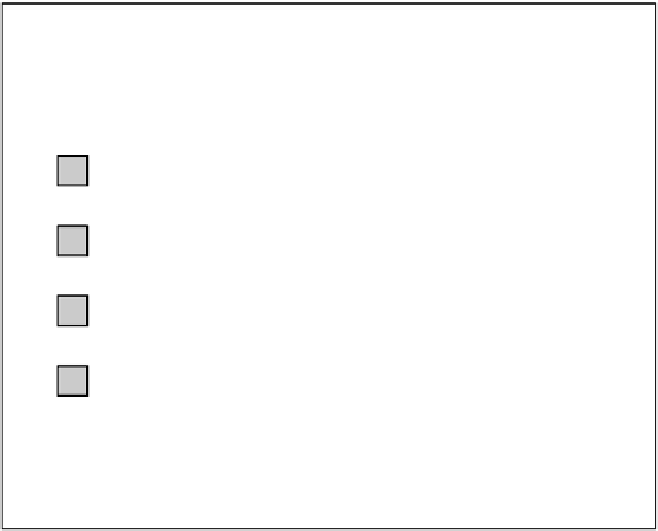Information Technology Reference
In-Depth Information
Hidden
Layer
Input
Layer
connection
between units
Output
Layer
W
Computing unit
W
Weight on
connection
B
Bias of transfer
function
B
Direction of information
Figure 1.
Example of a feed-forward neural network, showing the connections
between the computing units. The network consists of an input layer, one hidden
layer and an output layer. In this example one weight is set on the upper right
connection and a bias is put into the transfer function of the lowest computing unit
of the hidden layer.
example of a "feed forward" neural network can be seen in figure 1. It is called feed
forward because the direction of all the connections is forward.
An important feature of neural networks is their ability to learn from experimental
data. Neural networks can be trained on experimental data in order to make predictions
about the future. By changing weights, constants and biases the output of the network can
be influenced. The weights and biases can be changed by the learning rules of the neural
network. These learning rules, which are applied to attain learning are various and are
another distinguishing feature of different neural networks.
An example of such an error function, the summed square error, is defined as:
>
@
¦
2
E
o
t
sum
squared
x
x
x
In this equation the square of the error between the output (O) and target (t) for each
of the elements x from the training set is added, resulting in the summed square error











